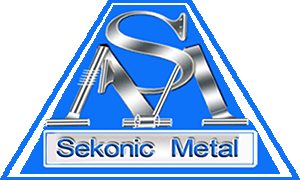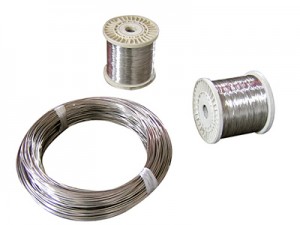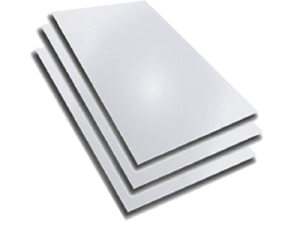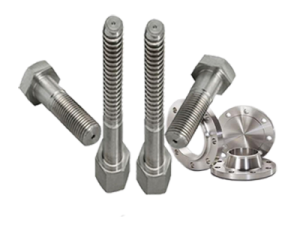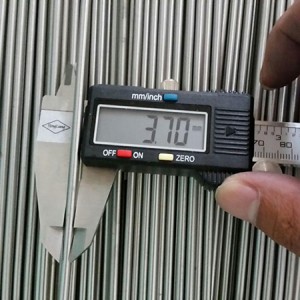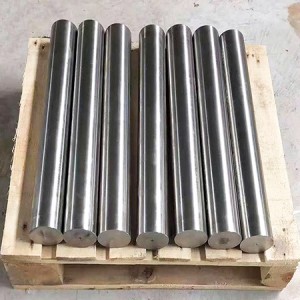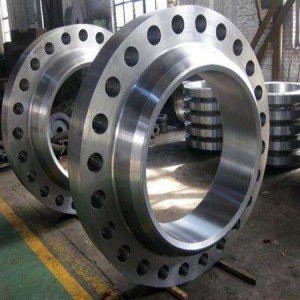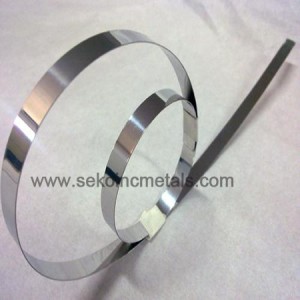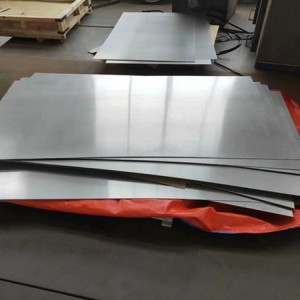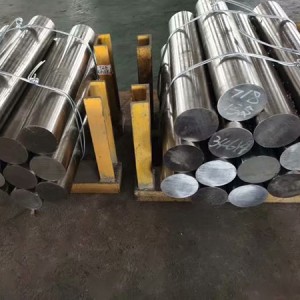Stainless steel 304/304L bar / seamless tube/ Bolt /Sheet/ Strip
Common Trade Names:304 Stainless/ 304L Stainless ,UNS S30400/UNS S30403,Werkstoff 1.4301/Werkstoff 1.4307
304/304L is the most widely used Austenitc stainless steel. It accounts for more than 50% of all stainless steel produced, represents between 50%-60% of consumption of stainless materials and fins applications in almost every industry. 304L is a low carbon chemistry of 304, it combined with an addition of nitrogen enables 304L to meet the mechanical properties of 304. 304L often used to avoid possible sensitization corrosion in welded components.lt's non-magnetic in the annealed condition, but can become slightly magnetic as a result of cold working or welding. It can be easily welded and processed by standard fabrication practices.It has excellent resistance to atmospheric corrosion, moderately oxidizing and reducing environments, as well as intergranular corrosion in the as-welded conition It also has excellent strength and toughness at cryogenic temperatures as well.
| Grade(%) |
Ni |
Cr |
Fe |
N |
C |
Mn |
Si |
S |
P |
|
304 Stainless |
8-10.5 |
18-20 |
balance |
- |
0.08 | 2.0 | 1.0 | 0.03 | 0.045 |
|
304L Stainless |
8-12 |
17.5-19.5 | balance |
0.1 |
0.03 | 2.0 | 0.75 | 0.03 | 0.045 |
|
Density
|
8.0 g/cm³
|
|
Melting point
|
1399-1454 ℃
|
|
Status
|
Tensile strength
Rm N/mm² |
Yield strength
Rp 0.2N/mm² |
Elongation
As % |
Brinell hardness
HB
|
|
304
|
520
|
205
|
40
|
≤187
|
|
304L
|
485
|
170
|
40
|
≤187
|
304/304L Stainless Standards and Specifications
ASTM: A 240, A 276, A312,A479
ASME: SA240, SA312, SA479
304/304L Stainless Available Products in Sekonic Metals
Why 304/304L Stainless ?
• Corrosion resistance
• Prevention of product contamination
• Resistance to oxidation
• Ease of fabrication
• Excellent formability
• Beauty of appearance
• Ease of cleaning
• High strength with low weight
• Good strength and toughness at cryogenic temperatures
• Ready availabilitu of a wide range of product forms
304/304L Stainless Application field:
• Food processing and handling
• Heat exchangers
• Chemical process vessels
• Conveyors
• Architectural
